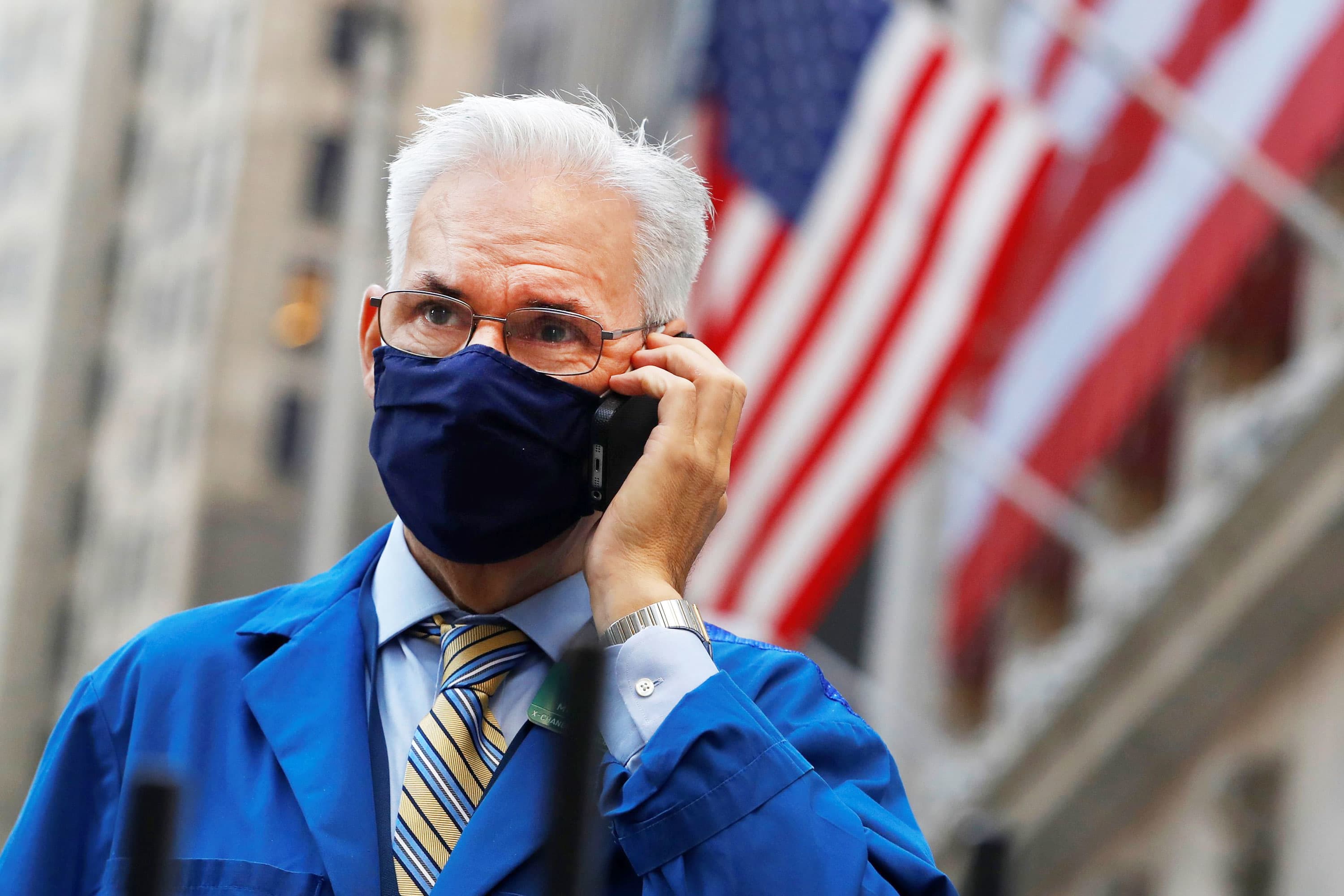Attention Robinhood power users: Most day traders lose money

Day traders have terrible track records.
Academics who study stock pickers have long observed that the vast majority of professional money managers – about 85% – underperform their benchmarks over a multi-year period.
Now those professionals are turning their sights on retail day traders, warning that the same poor results apply to them as well.
“I don’t confuse day traders with serious investors,” Princeton professor Burton Malkiel, author of “A Random Walk Down Wall Street,” wrote in a blog for Wealthfront, where he is chief investment officer. “Serious investing involves broad diversification, rebalancing, active tax management, avoiding market timing, staying the course, and the use of investment instruments such as ETFs, with rock bottom fees. Don’t be misled with false claims of easy profits from day trading.”
Backing up Malkiel is a large body of academic studies going back twenty years that consistently shows day traders and other very active traders have difficulty making money over anything more than short periods of time.
The most recent study, “Attention Induced Trading and Returns: Evidence from Robinhood Users,” was published in October and examined trading activity of Robinhood from May 2, 2018 to Aug. 13, 2020. They particularly studied “extreme herding events,” where Robinhood traders crowded into particular stocks.
They concluded that during these extreme “herding events,” “the top 0.5% of stocks bought by Robinhood each day experience return reversals on average of approximately 5% over the next month whereas the more extreme herding events have reversals of approximately 9%.”
The conclusion: “Large increases in Robinhood users are often accompanied by large price spikes and are followed by reliably negative returns.”
Why did that happen? The authors noted that most Robinhood investors are inexperienced, so they tend to chase performance. The layout of the app, which draws attention to the most active stocks, also causes traders to buy stocks “more aggressively than other retail investors.”
Finally, the ease of use of the site, and the fact that it is commission-free, may also encourage trading. “As evidenced by turnover rates many times higher than at other brokerage firms, Robinhood users are more likely to be trading speculatively and less likely to be trading for reasons such as investing their retirement savings, liquidity demands, tax-loss selling, and rebalancing.”
Why do stocks that spike when Robinhood traders pile in so quickly drop off? In addition to reversion to the mean, the authors suggest that short sellers are perfectly aware of Robinhood trading patterns. “These reversals seem to be well known as stocks Robinhood users herded into attracted significant short interest,” they wrote.
A Robinhood spokesperson declined to comment on the study, but in a statement emailed to CNBC said: “[W]e see evidence most of our customers are buy and hold, and 98% of our customers are not pattern day traders.”
Still, other studies of day traders have come to similar conclusions.
A study published in June of this year of almost 1,600 Brazilian day traders that tracked their activity for one year concluded that only 3% of them made money. The authors avoided claims that day traders can make money over very short periods of time (a day or a week), and concentrated on day trading activity over longer periods.
Their conclusion: “We show that it is virtually impossible for individuals to day trade for a living, contrary to what course providers claim. We observe all individuals who began to day trade between 2013 and 2015 in the Brazilian equity futures market, the third in terms of volume in the world. We find that 97% of all individuals who persisted for more than 300 days lost money. Only 1.1% earned more than the Brazilian minimum wage and only 0.5% earned more than the initial salary of a bank teller — all with great risk.”
Yikes.
A 2011 study of Taiwanese day traders over a 15-year period, from 1992 to 2006, showed only slightly better results. Day trading is popular in Taiwan. In an average year, about 360,000 Taiwanese individuals engage in day trading, according to the authors.
Their conclusion: “Consistent with prior work on the performance of individual investors, the vast majority of day traders lose money.” They do note that a small group (about 15%) do earn higher returns net of fees, but that “some outperformance would be expected by sheer luck.”
What about the tiny group that might do better than sheer luck? The authors speculate that “One way in which day traders could be earning profits is by supplying liquidity through passive limit orders to uninformed investors who are too eager to pay for quick execution.”
In other words, the tiny fraction of day traders who actually make money in Taiwan do so by trading with “dumb money” — other day traders and general investors.
An older study, going back to 2000, fared no better for day traders. Brad M. Barber and Terrance Odean of the University of California analyzed 66,000 trading accounts at Charles Schwab from 1991 to 1996. They found that those that traded the most earned an annual return of 11.4%, while the market overall returned 17.9%.
Given this evidence, why does day trading persist, and why is it so popular? The authors concluded that very active traders seem to believe they know more than they really do. “Overconfidence can explain high trading levels and the resulting poor performance of individual investors,” the authors said.
Their conclusion echoes those of the other studies. “Our central message is that trading is hazardous to your wealth … Those who trade the most are hurt the most.”
Subscribe to CNBC PRO for exclusive insights and analysis, and live business day programming from around the world.




